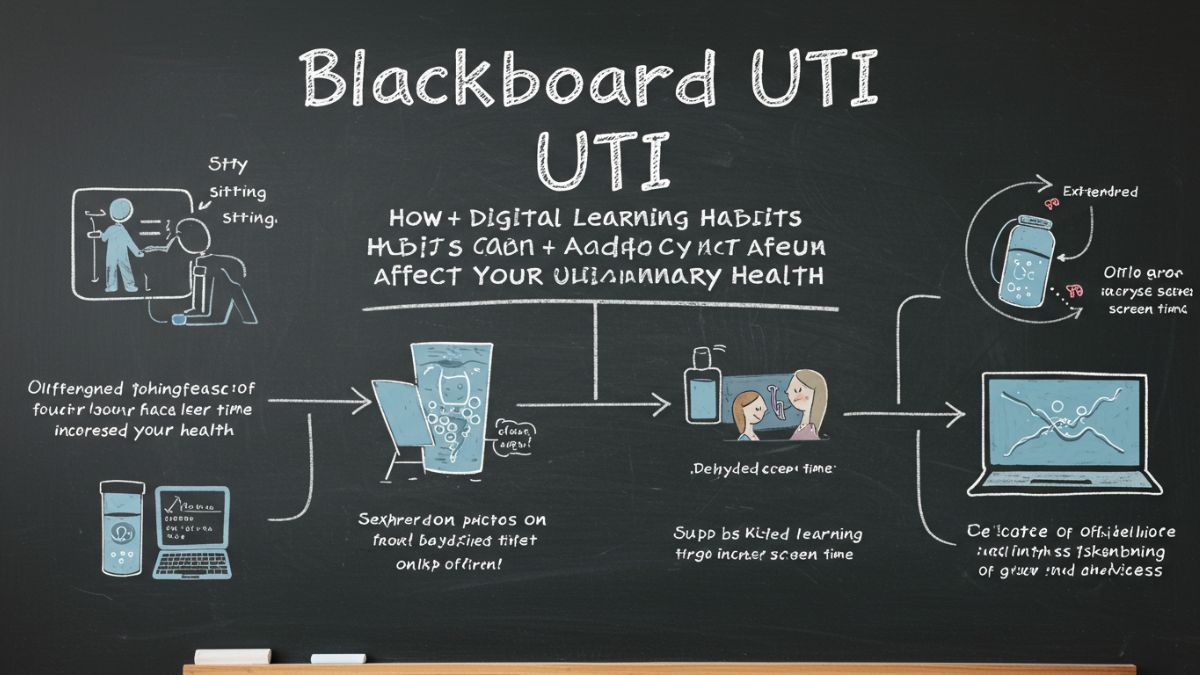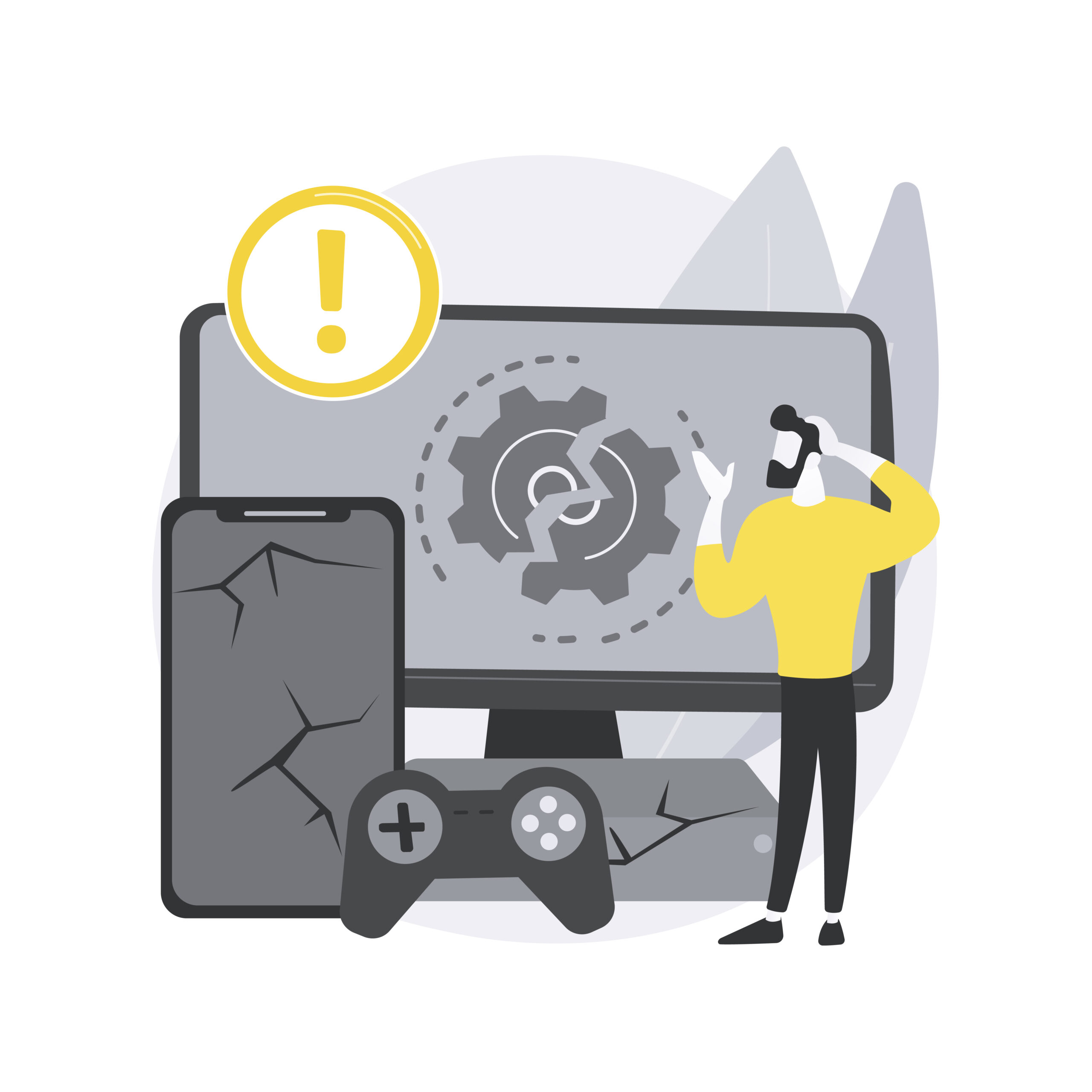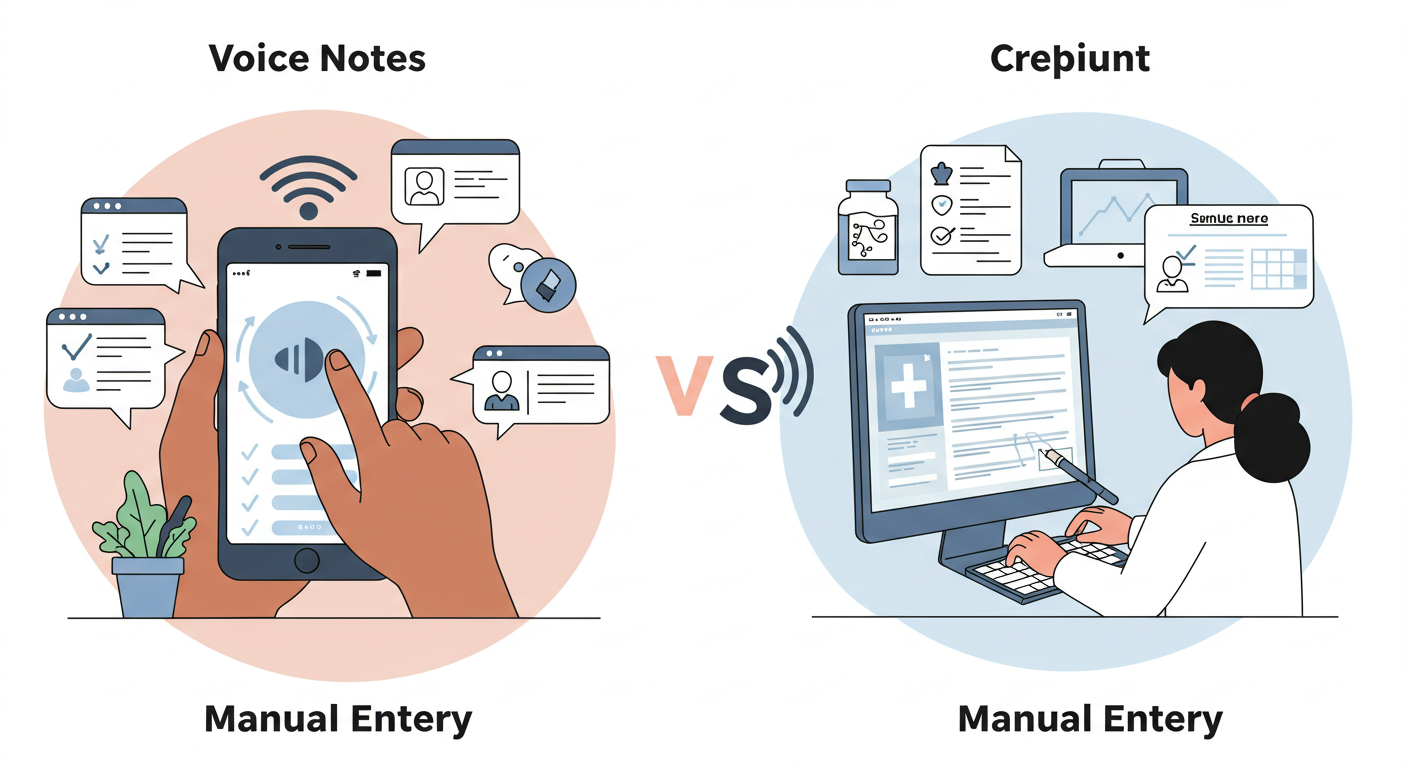HEALTH
Navigating Recovery Post-Surgery for Women

Surgery, while often necessary, can be a physically and emotionally demanding experience for women. This guide is designed to empower you on your post-surgical journey. We’ll explore the emotional well-being often overlooked during recovery, offering strategies for managing stress, anxiety, and fatigue. We’ll also delve into the importance of self-care practices promoting healing and well-being.
Whether you’re facing a major surgery, like a keyhole surgery, or a routine procedure, this guide provides valuable tools and information to navigate your recovery confidently. So, take a deep breath, and let’s embark on this journey together!
Managing Pain and Discomfort
Pain after surgery is a normal part of the healing process. However, unmanaged pain can hinder recovery and make it difficult to participate in physical therapy or even get a good night’s sleep. This section will equip you with the knowledge to manage pain and discomfort effectively, promoting a smoother and more comfortable recovery journey.
The Power of Pain Management
Effective pain management isn’t just about feeling better; it’s crucial for optimal healing. Controlled pain allows you to rest comfortably, participate in physical therapy exercises, and avoid straining the surgical site. This promotes faster healing and reduces the risk of complications.
Understanding Pain Medication:
Your doctor will likely prescribe pain medication to help manage your discomfort. Understanding the different types of pain medications and their potential side effects is essential. Common medications include:
- Over-the-counter pain relievers like acetaminophen (Tylenol) or ibuprofen (Advil)
- Prescription pain medication (opioids) for moderate to severe pain
Here’s a crucial point: Always follow your doctor’s instructions regarding dosage and frequency of medication. Don’t hesitate to ask your doctor about potential side effects and alternative pain management options if you experience any discomfort with the medication.
Beyond Medication: Non-Medicinal Techniques
Pain management goes beyond pills. A variety of non-medicinal techniques can effectively complement your pain medication regimen:
- Ice Therapy: Applying ice packs to the surgical site can reduce inflammation and swelling, relieving localized pain.
- Heat Therapy: For certain types of pain, heat therapy using a heating pad or warm compress can be soothing and promote relaxation.
- Relaxation Techniques: Techniques like deep breathing exercises, meditation, and guided imagery can help manage stress and anxiety, which can often exacerbate pain perception.
Recognizing Infection vs. Post-Surgical Discomfort
While some pain is expected after surgery, distinguishing between normal discomfort and signs of a potential infection is essential. Here are some red flags to watch for:
- Increased redness, swelling, or tenderness around the incision site
- Drainage of pus from the incision
- Fever
- Chills
- Worsening pain despite medication
If you experience any of these symptoms, seek immediate medical attention from your doctor to rule out infection and ensure proper treatment.
Physical Therapy and Rehabilitation
Physical therapy (PT) is a cornerstone of rehabilitation after injuries, surgeries, and chronic conditions. It’s a non-invasive approach that utilizes targeted exercises, manual therapy, and education to help you heal, regain strength, and restore your body’s natural function.
The Power of PT: Promoting Healing and Regaining Strength
Following an injury or surgery, your body enters a healing phase. PT plays a vital role during this time by promoting tissue repair, reducing inflammation, and improving blood flow to the affected area. Through tailored exercises, PT strengthens weakened muscles, enhances flexibility, and restores your range of motion. This helps you regain strength and lays the foundation for preventing future injuries.
Sticking to the Plan: Importance of Adherence
While professionals design PT plans, adherence to the prescribed exercises is crucial for optimal results. Skipping exercises can slow down your recovery and limit the long-term benefits. Remember, consistency is key!
Adapting and Progressing: Modifications and Progression
PT isn’t a one-size-fits-all approach. Physical therapists consider post-surgical limitations and adjust exercises accordingly. They might start with gentle stretches and progress to more challenging exercises as your strength improves. This gradual progression ensures your body adapts safely and effectively.
Beyond Recovery: Preventing Complications and Scar Tissue
Physical therapy offers benefits beyond immediate recovery. Regular PT sessions can help prevent complications like stiffness, muscle atrophy, and even blood clots. Additionally, specific exercises can help manage scar tissue formation, preventing it from restricting movement in the long run.
Dietary Considerations for Post-Surgical Recovery
Proper nutrition is as important as physical therapy for a smooth post-surgical recovery. The food you choose is vital in healing tissues, boosting your immune system, and regaining strength.
Nutrition: The Building Blocks of Healing
Think of your body post-surgery like a construction zone. The right nutrients act as building blocks for repair. Protein, a key element in tissue repair, should be prioritized. Lean meats, fish, eggs, and legumes are excellent sources. Don’t forget vitamins and minerals! Vitamin C aids collagen production, which is crucial for wound closure. Fruits like oranges and strawberries and vegetables like broccoli are packed with Vitamin C. Minerals like zinc and iron also play a role in healing. Shellfish, nuts, and leafy greens are good sources.
Hydration: The Unsung Hero of Recovery
Dehydration can hinder healing and make you feel sluggish. Water is essential for transporting nutrients to your cells and flushing out waste products. Aim to drink plenty of fluids throughout the day, especially after surgery.
Foods to Limit: Supporting a Smooth Journey
While some foods are your allies, others can slow recovery or cause discomfort. Processed foods, sugary drinks, and excessive red meat can contribute to inflammation. Spicy foods might irritate sensitive stomachs. It’s best to limit these during your recovery phase.
Dietary Nuances: Modifications for Specific Needs
If you have dietary restrictions, fret not! With some adjustments, you can still get the nutrients you need. Vegetarians can focus on plant-based protein sources like tofu, lentils, and beans. Diabetics should prioritize low-glycemic foods and monitor their sugar intake. Discuss your specific needs with a registered dietitian to create a personalized post-surgical meal plan.
Emotional Well-being and Self-Care
Surgery can be a physically demanding experience, but it also takes a toll on our emotional well-being. Anxiety, depression, and fatigue are common psychological effects following surgery. This is where self-care becomes crucial for a smooth recovery.
The Power of Self-Care
Self-care is all about prioritizing your needs and taking action to nurture your physical and mental health. It can help you manage stress, improve your mood, and promote healing during recovery. It’s not a one-size-fits-all approach—find activities that bring you comfort and relaxation.
Strategies to Manage Emotional Challenges
- Relaxation Techniques: Techniques like deep breathing, progressive muscle relaxation, and guided meditation can significantly reduce anxiety and promote feelings of calm.
- Mindfulness: Practicing mindfulness involves focusing on the present moment without judgment. This can help you manage negative thoughts and emotions that may arise during recovery. Many mindfulness apps and resources are available to help you get started.
Sleep and Your Emotional Well-being
Sleep is essential for both physical and mental healing. You’re better equipped to manage stress and cope with emotional challenges when well-rested. Prioritize a regular sleep schedule and create a relaxing bedtime routine.
The Importance of Support
Don’t hesitate to seek support from your loved ones. Talking to friends and family or joining a support group can help you feel less alone and provide valuable emotional validation. If you struggle to cope, consider seeking professional help from a therapist. They can equip you with additional tools and strategies for managing your emotions during recovery.
Complications and When to Seek Medical Attention
While surgery is a carefully planned procedure, complications can sometimes arise. Awareness of warning signs and knowing when to seek medical attention is essential.
Warning Signs of Trouble
- Infection: Signs of infection around the incision site include redness, swelling, increased pain, pus drainage, and fever.
- Bleeding: Unusual or heavy bleeding from the incision site is a cause for concern.
- Other Complications: Shortness of breath, severe pain, persistent nausea and vomiting, or confusion can all indicate complications.
Follow-up Appointments: Your Lifeline
Regular follow-up appointments with your surgeon are crucial for monitoring your healing progress and identifying potential issues early on. Don’t hesitate to ask questions and voice any concerns during these appointments.
Seeking Immediate Medical Attention:
If you experience any of the following warning signs, seek immediate medical attention:
- Severe chest pain or difficulty breathing
- Sudden and intense pain at the incision site
- Bright red or heavy bleeding from the incision
- Persistent fever (above 101°F)
- Confusion or sudden changes in mental clarity
Remember, it’s always better to be safe than sorry. If you have any concerns about your recovery, don’t hesitate to contact your doctor or surgeon. Early intervention can often prevent complications from worsening.
Final Thoughts
Recovery from surgery is a journey, and while there will be challenges, you have the power to navigate it successfully. Remember, getting enough rest and staying informed about potential complications empowers you to identify and address any issues that may arise. With knowledge, self-care, and open communication with your healthcare team, you can ensure a smooth and positive recovery experience. Remember, your well-being is paramount – don’t hesitate to advocate for yourself throughout this process.
HEALTH
Blackboard uti: How Digital Learning Habits Can Affect Your Urinary Health

In today’s world, digital platforms like Blackboard have revolutionized education. While they offer unmatched convenience and access to learning, they also come with some unexpected health consequences. One such emerging concern is what’s being referred to as blackboard UTI. Though not a formal medical diagnosis, blackboard UTI is used to describe the rise in urinary tract infections (UTIs) connected to extended use of online educational tools and a sedentary digital lifestyle.
Spending hours on digital learning platforms like Blackboard can lead to behaviors that increase the risk of urinary tract infections — such as sitting for long periods, ignoring the need to use the restroom, and not drinking enough water.
Understanding Blackboard UTI and Its Impact
What is a Blackboard UTI?
The term “blackboard UTI” is a modern expression describing UTIs caused or aggravated by lifestyle habits common among students and professionals who spend excessive time on Blackboard or similar learning systems. The term sheds light on how technology-induced routines can quietly affect physical health, especially the urinary system.
Key Contributors to Blackboard UTI
1. Prolonged Screen Time Without Movement
Staying seated for hours on end while attending virtual classes or completing assignments reduces circulation and puts continuous pressure on the lower abdomen. This stagnant position can impact bladder function and increase the chance of bacterial growth.
2. Ignoring Bathroom Urges
Many online learners get so engrossed in coursework that they postpone trips to the restroom. Holding in urine for long periods allows bacteria to multiply in the bladder, often resulting in an infection.
3. Insufficient Water Intake
When involved in online sessions or late-night study marathons, people often forget to drink water. This leads to concentrated urine, which can irritate the urinary tract and promote infection.
Symptoms to Watch Out For
If you’re a frequent user of Blackboard or similar platforms, it’s important to recognize the early signs of a blackboard UTI. Catching symptoms early can help prevent more serious issues.
-
A burning feeling when urinating
-
Needing to urinate frequently, even if little comes out
-
Cloudy or foul-smelling urine
-
Pelvic discomfort or pressure
-
Mild fever or fatigue in some cases
These signs should not be ignored, especially if you spend several hours each day working or studying online.
Lifestyle Habits That Increase Risk
Skipping Breaks During Study Sessions
Going from one online class to another without breaks can lead to stress and neglect of basic bodily needs like hydration and restroom use.
Poor Posture and Sitting Positions
Bad posture while seated can indirectly affect bladder function. Slouching or leaning forward for long periods may lead to lower abdominal pressure, which can trigger discomfort or increase infection risk.
Caffeine and Sugary Drinks
Many online learners rely heavily on caffeinated beverages or energy drinks to stay focused. Unfortunately, caffeine acts as a bladder irritant, which can aggravate or contribute to UTIs.
Preventing Blackboard UTI: Practical Tips
Preventing a blackboard UTI involves simple yet consistent habits that support urinary tract health even during demanding study schedules.
1. Stay Properly Hydrated
Drinking enough water throughout the day helps flush bacteria out of the urinary tract. Use a water tracker or schedule hydration reminders during online classes.
2. Take Breaks to Move and Stretch
Get up every 45 to 60 minutes, walk around, and stretch. Movement improves circulation and reduces strain on your lower body, which supports bladder health.
3. Don’t Delay Bathroom Breaks
If you feel the urge to urinate, pause your session and go. Holding it in not only causes discomfort but also increases your risk of infection.
4. Maintain Hygiene Standards
Wash your hands regularly, especially before and after using the restroom. Also, keep your workspace clean to avoid indirect exposure to germs.
5. Limit Caffeine and Soda Intake
Opt for water, herbal teas, or diluted fruit juices instead of coffee or soda. These alternatives are gentler on your bladder and promote hydration.
Managing Blackboard UTI if It Occurs
If you suspect a blackboard UTI, take steps to manage it before it worsens. Mild infections may clear up with proper care, but persistent symptoms require medical attention.
Home Remedies and Self-Care
-
Increase your water intake immediately
-
Avoid bladder irritants such as spicy foods and caffeine
-
Use a heating pad on the lower abdomen for relief
-
Take cranberry supplements if recommended
Medical Treatment
If symptoms last more than 48 hours or worsen, consult a healthcare provider. They may prescribe antibiotics or run tests to ensure the infection hasn’t spread to the kidneys.
Long-Term Prevention for Online Learners
Creating sustainable habits is the best way to reduce the risk of blackboard UTI in the long run.
-
Build a daily routine that includes movement, hydration, and rest
-
Use ergonomic furniture to support better posture during long sessions
-
Keep healthy snacks and water at your desk
-
Consider bladder-friendly foods like yogurt, bananas, and leafy greens
By making your health a priority alongside your studies, you can reduce your risk of developing UTIs while still thriving in an online learning environment.
Conclusion:
As online education becomes more common, it’s important to address hidden health risks like blackboard UTI. Simple preventive steps like drinking water, taking breaks, and avoiding harmful habits can go a long way in maintaining your urinary health. Stay mindful of your body even when your mind is focused on learning, and make wellness an essential part of your daily routine.
HEALTH
The Dangers of Defective Products: What to Do If You’re Injured

We live in a world where convenience is everything.
Every day, we use products without a second thought – our phones, appliances, cars, and even the food we eat. We trust these items to be designed and tested for safety.
But what happens when something goes wrong? When a phone battery overheats and explodes, a child’s toy has toxic chemicals, or a car’s airbags fail during an accident?
Defective products aren’t just inconvenient. They are also dangerous.
So, what can you do if you or a loved one is injured by a defective product? Let’s find out.
Types of Defective Products and Common Injuries
Injuries from defective products happen more often than you’d think. Take the US, for example, where thousands of product recalls happen every year. These products cover everything from electronics to medications.
Some cases even make headlines—like a major car manufacturer recalling vehicles due to safety concerns—but many go unnoticed.
Unfortunately, when a product fails, it can lead to serious injuries, expensive medical bills, and even long-term disabilities.
Here are some of the most common types of defective products and the dangers they pose:
Consumer Electronics
We rely on electronic devices more than ever. But we don’t realize how many of them come with hidden risks.
Some defects in these devices include:
- Faulty wiring
- Overheating batteries
- Poor design
And the consequences?
- Electrical shocks
- Fires
- Explosions
Remember the wave of smartphone recalls due to batteries catching fire? That’s just one example of how dangerous a poorly made product can be.
Auto Defects
Cars are complex machines, and even the smallest mistake can take a life.
Some dangerous but common defects in cars are:
- Defective brakes
- Malfunctioning airbags
- Faulty seat belts
These flaws can turn a minor accident into a fatal one.
Many auto manufacturers have faced lawsuits over safety failures that led to injuries and even deaths.
Toys and Children’s Products
Children’s products should be held to the highest safety standards, but they have also repeatedly been found to have defects.
Small detachable parts of toys can pose choking hazards. Some toys even contain harmful chemicals like lead.
Parents need to be extra cautious when purchasing toys for their children, even if they are from reputable brands.
Household Products
From cleaning supplies with wrong labels to tools with design flaws, everyday household products can cause burns, poisoning, and other severe injuries.
Even furniture can be dangerous. Toppling dressers, in particular, have resulted in a lot of child fatalities.
Defective Medications
Prescription medications are supposed to help you heal from injuries, but when they’re contaminated or not labeled properly, they can end up causing you more health complications.
The same goes for medical devices like pacemakers, surgical impacts, and insulin pumps. If they fail, the results can be catastrophic.
Who Is Liable for Defective Product Injuries?
If a defective product ends up causing harm, finding out who is responsible isn’t always easy.
Here’s a breakdown of potential liability:
Manufacturers
If the defective product was inherently unsafe due to production errors, the manufacturer is usually at fault.
This includes:
- Contamination in food and medicine.
- Improper assembly of electronics.
- Design failures in vehicles.
Retailers and Distributors
Even if they didn’t make the product themselves, businesses that sell faulty items can also be held responsible.
If a retailer knowingly sold a defective product to you that resulted in an injury, they may be liable for the damages.
Designers and Engineers
Some defects come from flaws in design rather than a production error.
If a product is dangerous even when used correctly, the engineers or designers who approved it might be at fault.
Product liability laws are made to protect customers and to ensure that companies are held accountable when their products cause harm. But filing a claim may require you to seek legal help.
What to Do If You’re Injured by a Defective Product
If a defective product results in an injury to you or someone you know, what you do next is crucial.
Taking the right steps can help you protect your health and your legal rights.
Follow these steps:
- Seek medical help immediately. Even if your injury seems minor, get checked by a doctor. Some injuries, like internal bleeding and chemical exposure, do not show symptoms right away.
- Preserve the product and its packaging. One of the biggest mistakes victims make is throwing away the defective product. Make sure you keep it as evidence, along with any packaging, receipts, and instruction manuals.
- Document everything. Take photos of the product, your injuries, and even the place where it happened. Also, keep a record of your medical records and prescriptions.
- Report the issue. You can file a complaint with consumer safety organizations like the US Consumer Product Safety Commission (CPSC) or the Food and Drug Administration (FDA). Your report could help save others from getting hurt.
- Talk to a lawyer. Product liability cases can get complicated, especially if you’re going up against a large corporation. That’s where an experienced attorney comes in.
Before you take any legal action, make sure your lawyer is familiar with the local laws and legal processes. For example, if you’re in Albany, working with Albany personal injury lawyers will help you understand your rights and pursue compensation.
A legal expert will also help you determine if you’re eligible for a settlement or if a lawsuit is necessary.
Compensation for Victims
If your injury case is entitled to compensation, the amount you receive will depend on factors like the severity of your injury, medical costs, and lost income.
Here’s what you may be able to recover:
- Medical expenses like hospital bills, medication, therapy, and long-term care.
- Compensation for the work you missed and for reduced earning capacity.
- Financial help for physical pain, emotional distress, and trauma.
- Payment for punitive damages and additional fines, if the company was grossly negligent.
Some cases involve class action lawsuits, where multiple victims file claims against a company. Others are individual claims, where the victim seeks personal compensation.
Either way, having legal representation is essential.
Stay Informed and Protect Your Rights
We often assume that the products we use daily are safe. However, something as simple as a mislabeled medication or faulty wiring in an appliance can lead to severe consequences.
The good news? Consumers have rights, and companies can be held responsible when they fail to ensure safety. If you or someone you know has been injured by a defective product, don’t ignore it.
Your safety matters. Stay informed, be cautious, and don’t hesitate to take action when something goes wrong.
HEALTH
Voice Notes vs. Manual Entry: What’s More Efficient in Home Health Software Use?

In the fast-paced world of home healthcare, time and accuracy are critical. Clinicians often juggle demanding caseloads, drive long distances between visits, and must still find time to document patient interactions, care plans, and treatment updates—often multiple times per day. With the rise of digital tools like home health care software, two documentation methods have emerged as popular choices: voice notes and manual entry.
But when it comes to efficiency, which one truly wins out?
In this article, we explore the pros and cons of voice notes and manual data entry in home health software, and how agencies can choose the best approach for their team.
The Growing Role of Documentation in Home Health Care
Documentation is a cornerstone of home health care. It ensures accurate patient records, supports clinical decisions, maintains compliance with regulatory requirements, and facilitates billing and reimbursement. For many clinicians, however, documentation is one of the most time-consuming aspects of the job.
The introduction of home health care software has streamlined many aspects of this process, but the method of input—voice vs. typing—still has a significant impact on how efficiently a clinician can complete their tasks.
Manual Entry: The Traditional Approach
Manual entry refers to typing information directly into the electronic health record (EHR) system or software platform. This has been the standard method for years and remains common across many agencies.
Advantages of Manual Entry
- Structured and Precise
Manual entry allows for more structured documentation. Most home health platforms offer templates, drop-down menus, and required fields that ensure consistent data capture. This structure helps improve compliance and makes it easier for reviewers and QA teams to understand the care provided.
- Better for Complex Information
Typing may be more effective when documenting detailed clinical findings, medication changes, or care plans that require careful explanation and formatting.
- Easier Editing and Reviewing
Typed notes are easier to review, edit, and share with other care team members or supervisors. Typed text is also easier to search, tag, and categorize within the software.
Challenges of Manual Entry
- Time-Consuming: Typing can slow clinicians down, especially on mobile devices or small laptops used in the field.
- Disruptive Workflow: Many clinicians must wait until after a visit to enter notes, which can lead to delays, missed details, or late submissions.
- Ergonomic Fatigue: Prolonged typing during or after a long shift can lead to fatigue and reduce focus on patient care.
Voice Notes: The Modern Alternative
Voice recognition and audio recording technology have advanced significantly in recent years. Many home health care software platforms now allow clinicians to dictate their notes or record audio memos that are transcribed or reviewed later.
Advantages of Voice Notes
- Faster Documentation
Speaking is generally faster than typing. A clinician can speak 120–150 words per minute compared to typing 40–60. This makes voice notes especially valuable during busy days or when visiting multiple patients in a short timeframe.
- Hands-Free Convenience
Voice entry allows clinicians to document while performing other tasks (e.g., walking to the car, preparing to leave the patient’s home), reducing total documentation time.
- Reduces End-of-Day Backlog
Clinicians can dictate notes immediately after visits, preventing notes from piling up and reducing the risk of forgotten details or documentation errors.
- More Natural Communication Style
Voice notes can capture nuances of clinical judgment and patient interaction that may be lost or overlooked in structured forms.
Challenges of Voice Notes
- Transcription Errors: If speech recognition isn’t accurate, transcription may include errors that need manual correction.
- Privacy Concerns: Recording voice notes in the presence of patients or family members can raise confidentiality issues.
- Unstructured Format: Voice dictation lacks the structured fields of manual entry, which can make data harder to analyze or categorize.
- Background Noise: Noisy environments can interfere with audio quality and voice recognition, reducing accuracy.
Finding the Right Balance
Rather than choosing between voice and manual entry, many home health agencies are adopting a blended approach. Clinicians can dictate initial observations during or right after a visit, and then review or convert them into structured entries during downtime or with the help of transcription tools.
Modern home health care software is making this hybrid model more accessible by offering:
- AI-powered transcription and formatting
- Smart templates that auto-fill based on voice input
- Built-in error detection and QA alerts
This dual-mode strategy helps clinicians stay productive while still meeting regulatory and quality assurance standards.
Final Thoughts
Both voice notes and manual entry offer unique advantages in home health care software. Voice notes shine in speed and convenience, while manual entry leads in precision and compliance. Rather than choosing one over the other, the most efficient approach may lie in flexibility—empowering clinicians to document in the way that best supports their workflow, while ensuring that the final record meets quality and regulatory standards.
-

 GENERAL1 year ago
GENERAL1 year agoDiscovering the Artistic Brilliance of Derpixon: A Deep Dive into their Animation and Illustration
-

 Posts1 year ago
Posts1 year agoSiegel, Cooper & Co.
-

 Lifestyle1 year ago
Lifestyle1 year agoPurenudism.com: Unveiling the Beauty of Naturist Lifestyle
-

 Lifestyle1 year ago
Lifestyle1 year agoBaddieHub: Unleashing Confidence and Style in the Ultimate Gathering Spot for the Baddie Lifestyle
-

 HEALTH1 year ago
HEALTH1 year agoTransformative Health Solutions: Unveiling the Breakthroughs of 10x Health
-

 Entertainment1 year ago
Entertainment1 year agoGeekzilla Podcast: Navigating the World of Pop Culture, Gaming, and Tech
-

 Entertainment1 year ago
Entertainment1 year agoKhatrimaza Unveiled: Exploring Cinematic Marvels and Entertainment Extravaganza
-

 BUSINESS1 year ago
BUSINESS1 year agoUnlocking the Secrets to Jacqueline Tortorice Remarkable Career and Accomplishments
